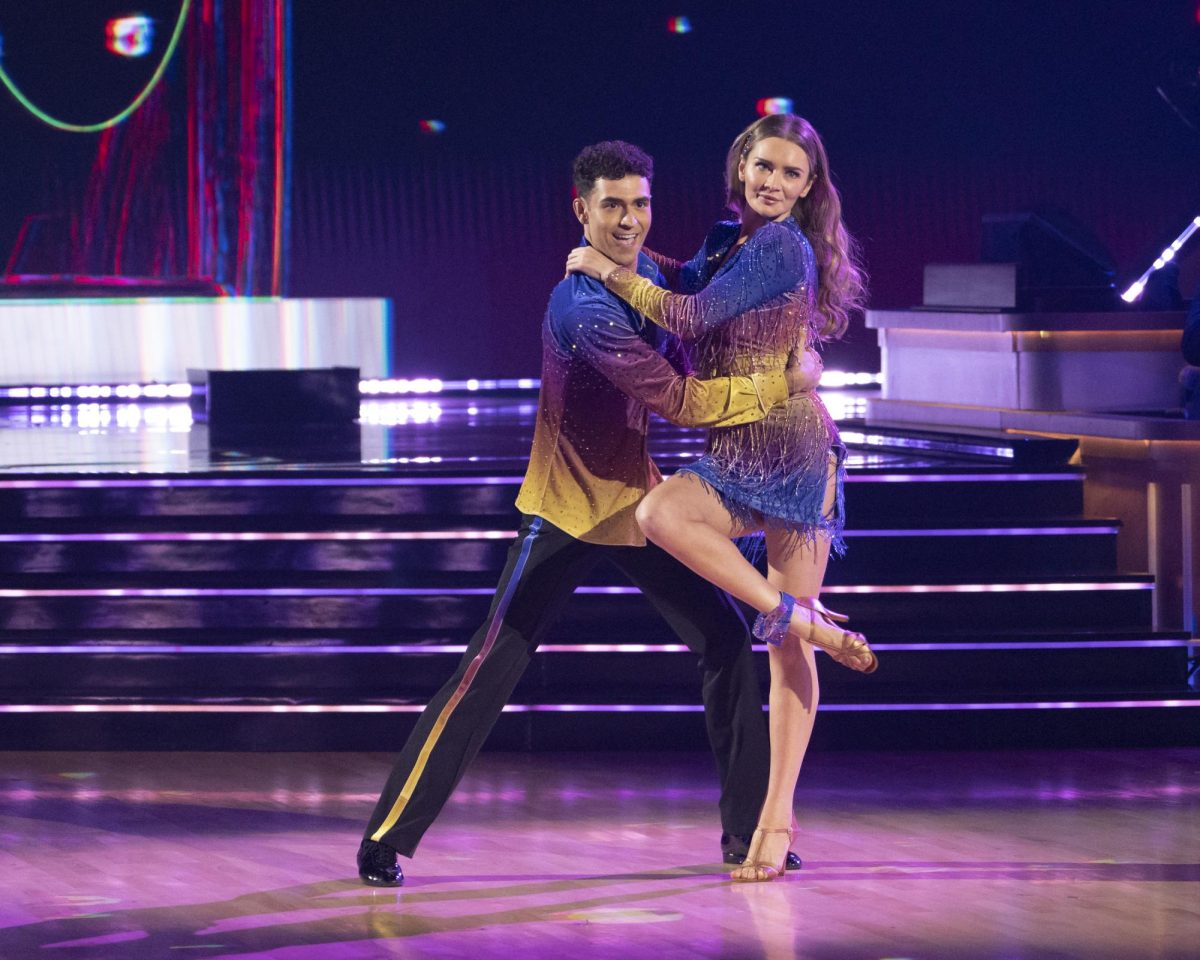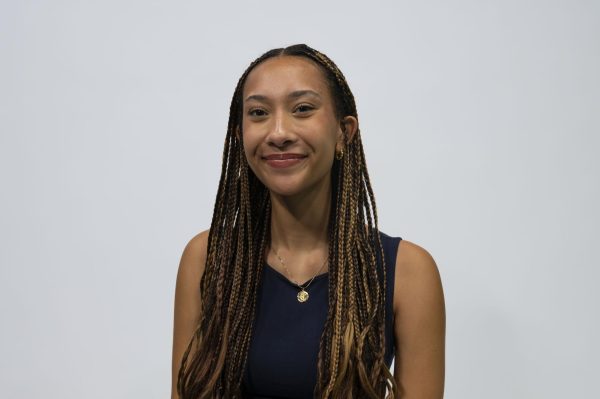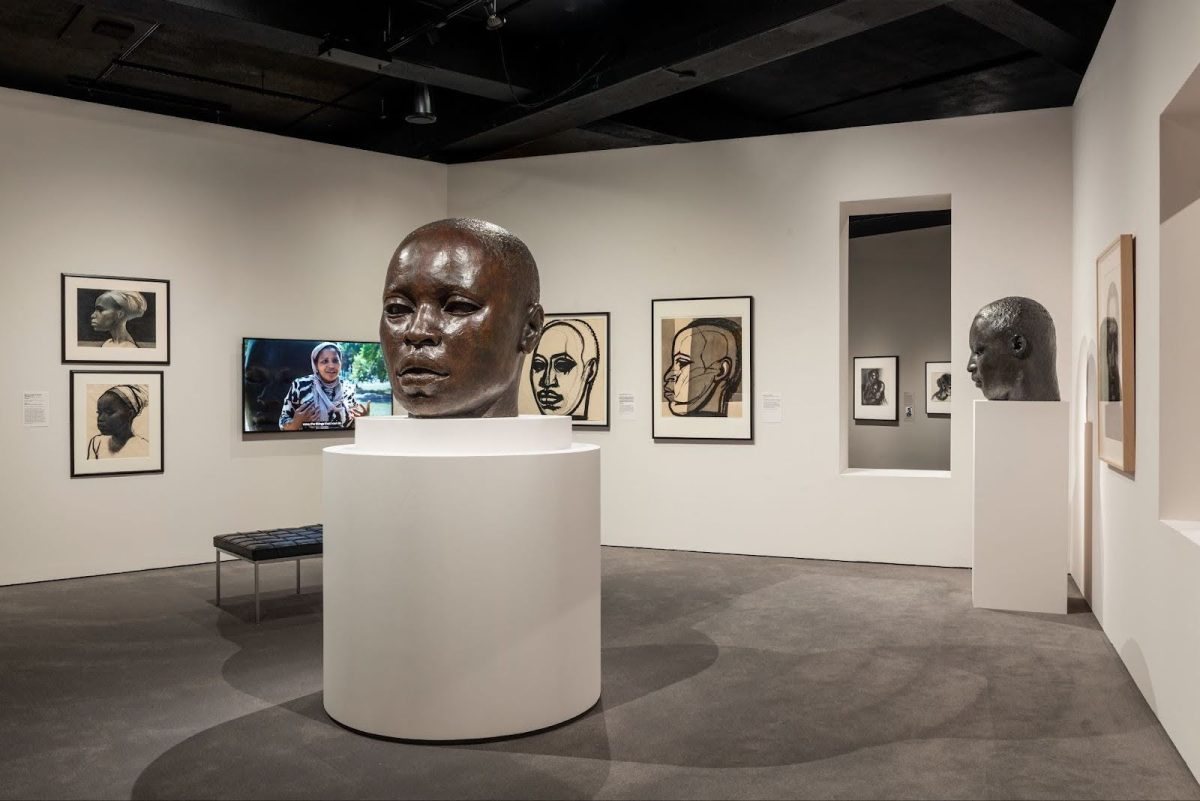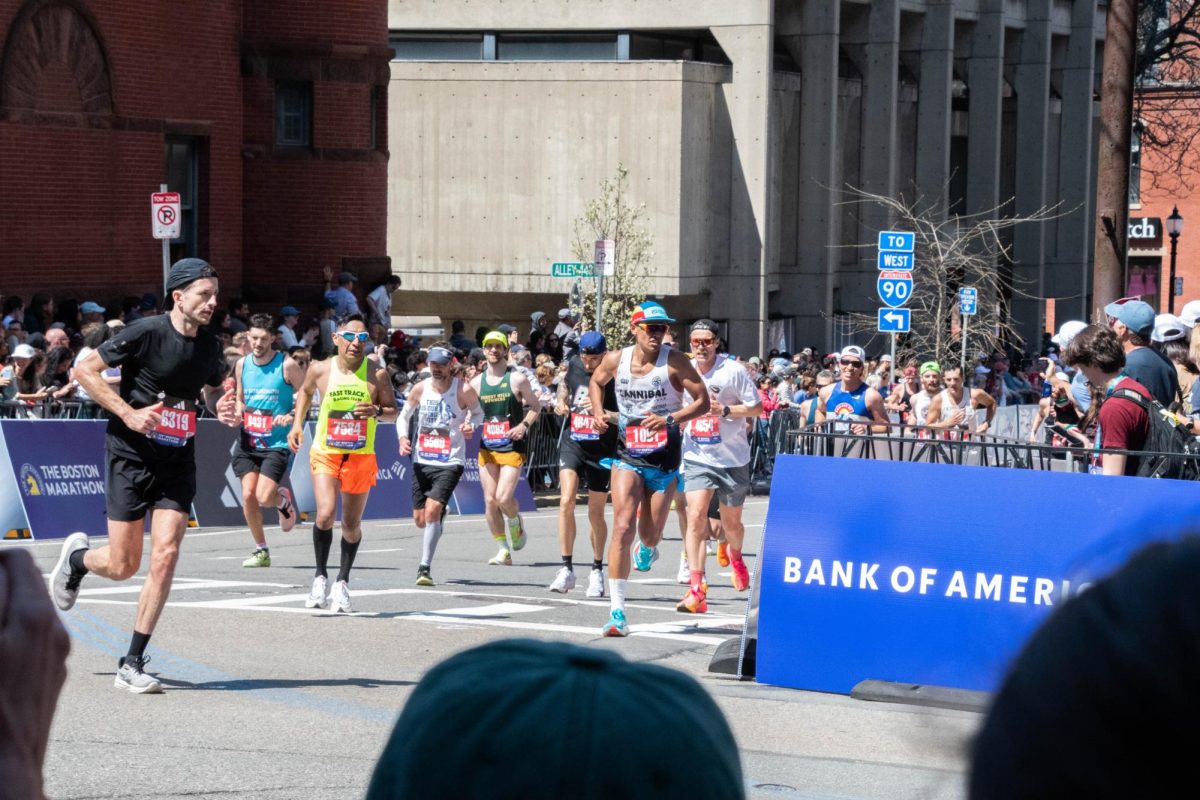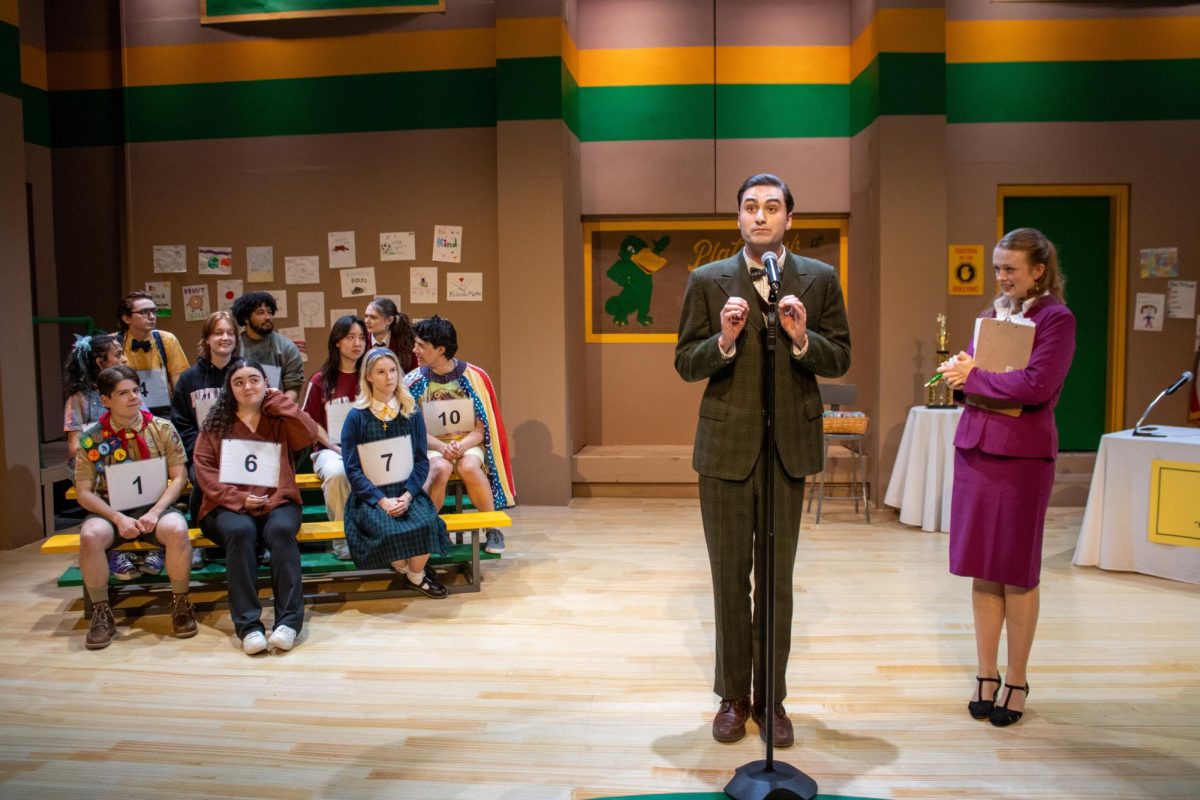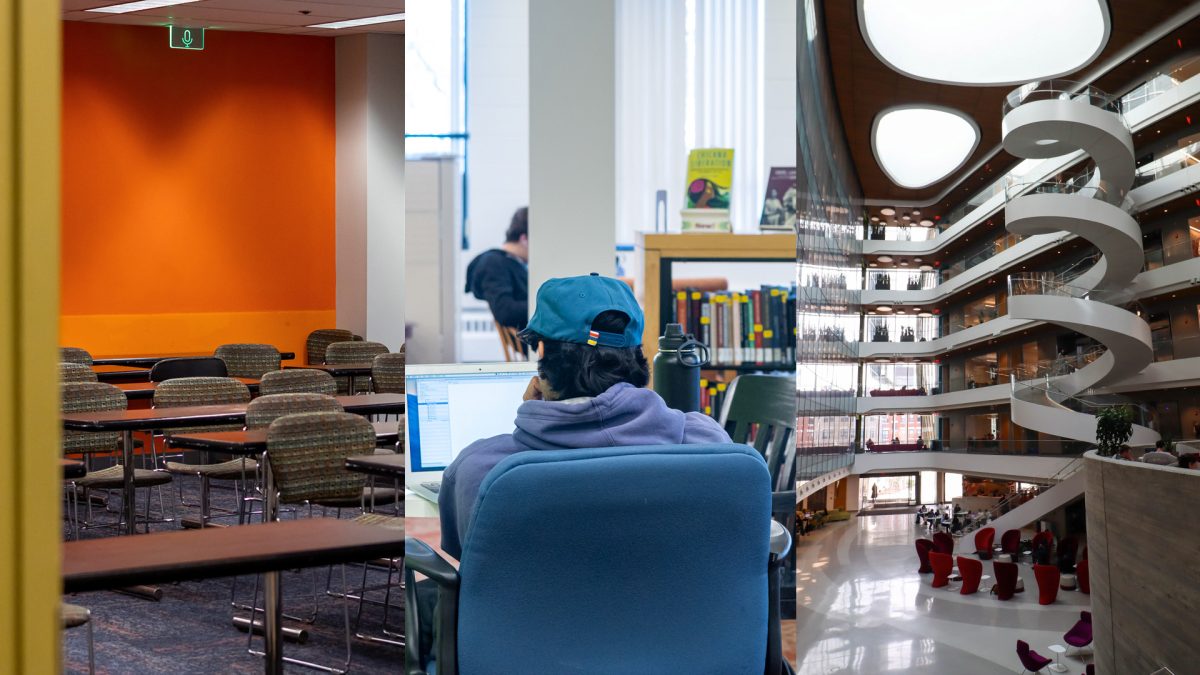The infamous Anna Delvey cha-cha’d across the national stage Sept. 17 in a sequined dress and, to the amusement of many, a sparkling ankle monitor.
Scoring 18 out of 30 possible points, the judges of “Dancing with the Stars” critiqued Delvey on her lack of flow in connecting the steps in her routine. She and her professional partner, Ezra Sosa, placed eighth out of the 13 pairings. Delvey’s scores, however, are the least of viewer’s concerns.
After posing as a wealthy German heiress in an effort to extort Manhattan’s elite and join the upper echelon, Delvey was convicted on eight counts of fraud and grand larceny theft in 2019.
“I hope America will get a chance to see a different side of me,” Delvey said after coming off stage from her first performance.
Delvey was born Anna Sorokin in 1991 to working-class parents in then-Soviet Russia. She immigrated with her family to Germany in 2007 and independently moved to New York as a young adult. Over the course of her time in the city, Delvey swindled financial institutions, friends and hotels out of hundreds of thousands of dollars under false pretenses of having a fortune in Germany. She was sentenced to four to 10 years in prison, but was released in 2021 for good behavior just short of the four-year mark.
Following her release, Delvey’s story went mainstream in 2022 with the release of the hit Netflix drama, “Inventing Anna.” The nine-episode miniseries detailed the scheming and events of her New York social climb, garnering 17 award nominations and winning the ReFrame Stamp for Gender Balanced Production. Business Insider reported that the streaming platform paid Delvey $320,000 for the rights to adapt her story.
“Inventing Anna’s” rise to Netflix fame as well as Delvey’s recent opportunity to perform on “Dancing with the Stars” begs the question — to which kinds of people do we grant social currency and societal rehabilitation?
On the celebrity dance show’s premiere night for the 33rd season, hosts Alfonso Ribeiro and Julianne Hough introduced Delvey as a “fashionista,” and, strikingly, an “entrepreneur.”
“I served my time and I repaid my restitution,” said Delvey in an interview on the “Dancing with the Stars” press line. “I think I should be afforded the chance to move forward.”
It would be remiss, however, not to draw a parallel between the millions of incarcerated and formerly incarcerated individuals who will never gain the kind of privilege and access Delvey has been extended.
A study by the Bureau of Justice Statistics reported that, lacking the resources to reintegrate into society, almost 60% of former inmates struggle with unemployment. The Prison Policy Initiative also points to the housing insecurity that many formerly incarcerated individuals face, with this demographic being 10 times more likely to contend with homelessness than the general public. Meanwhile, the glamor we’ve ascribed to Delvey and her actions — white collar, high-intrigue crimes committed by a white woman — allows her unique re-entry into public life, as well as entry into the lifestyle that she originally sought to gain.
Delvey’s X reposts are an echochamber of this glamorization. The nature of Delvey’s notoriety allows for online parasociality to thrive.
“First of all, Anna is innocent. She is being persecuted by the justice system for being too pretty, too popular, too perfect,” one user said.
“Obsessed with Anna Delvey wearing a rhinestone ankle monitor on Dancing with the Stars,” said another.
In framing Delvey as a slighted public figure, exempt from any serious critique because of her campy relevance in the pop culture zeitgeist, she is exalted from her past in a way that other formerly incarcerated individuals aren’t given the grace to achieve.
The “Dancing with the Stars” judges panel further perpetuated this sentiment.
“[You’re] ‘reinventing Anna’ yet again, and it could be working,” said longtime judge Bruno Tonioli.
Soon after her February 2021 prison release, Immigrations and Customs Enforcement, or ICE, detained Delvey for overstaying her visa and placed her on house arrest. Notably, Delvey is on house arrest in New York, while “Dancing with the Stars” films in Los Angeles.
In an interview on the press line, Delvey told The Hollywood Reporter that ICE gave her special permission to appear on the show.
It is difficult not to draw a comparison between Delvey and the thousands of people in ICE detention centers who not only do not receive this kind of treatment, but are subject to negligence.
A 2018 study by John M. Eason, senior research fellow at the Urban Institute’s Justice Policy Center, showed that for every 1,000 people held in an immigrant detention center, there are 126 assaults, 36 forced moves and six disturbances annually. In some cases, these migrants also suffer family separation. In 2023, 998 children still awaited reunification, according to the Department of Homeland Security.
ICE conducted over 140,000 removals and almost 63,000 expulsions in 2023 alone, whereas the agency granted Delvey house arrest and, furthermore, amended their original conditions to accommodate her travels to Los Angeles.
Though many fans questioned the fairness of Delvey’s appearance, she and her partner appeared on the show’s Sept. 25 episode, as no couples faced elimination in the season premiere.
Delivering another mid-tier performance, Delvey and Sosa were one of two couples sent home in the second episode.
“Anna, what are you going to take away from this competition?” host Julianne Hough asked after the elimination.
“Nothing,” Delvey said blankly.
“And there you have it,” Hough said. “Absolutely nothing.”
The 11 remaining celebrity-pro dance pairings will continue to compete for the Len Goodman Mirrorball Trophy in the coming weeks. Though extended immense privilege and opportunity, “fashionista” and “entrepreneur” Anna Delvey managed to drop the — literal — ball.



